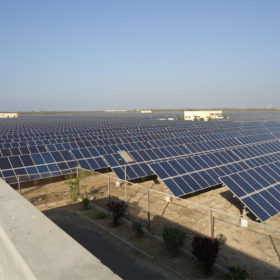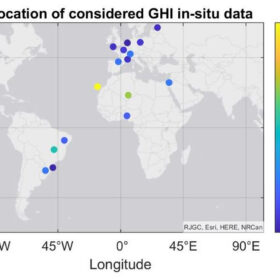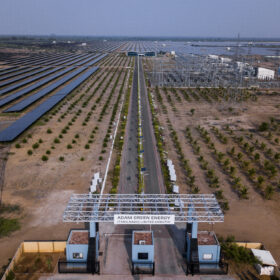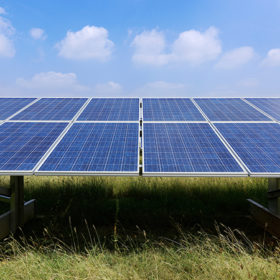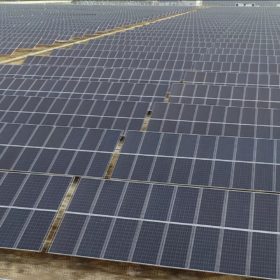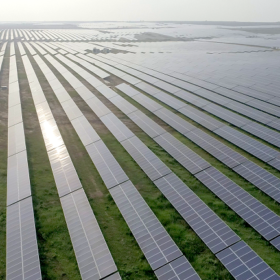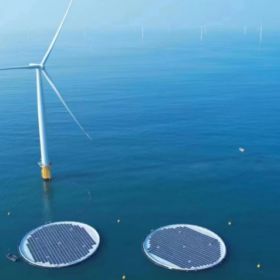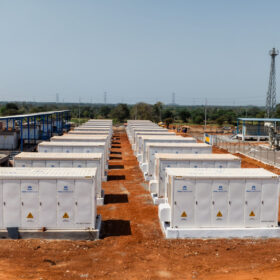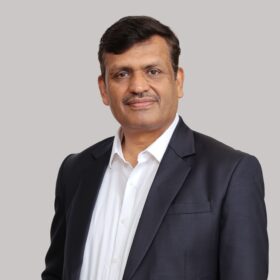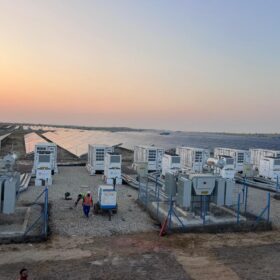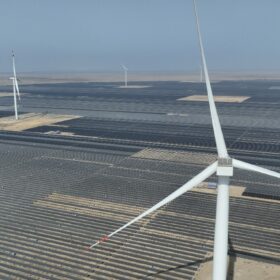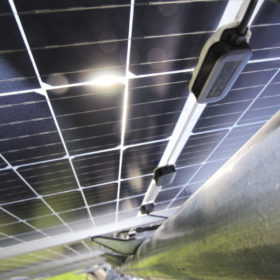Tata Power, Dugar Group tie up on solar deployment in Nepal
Tata Power Renewable Energy Ltd (TPREL) and Dugar Power have partnered to deploy a range of on- and off-grid solar energy solutions in Nepal.
Benchmarks for solar energy data, methods
The lower the uncertainty in solar resource data, the lower the investment costs. IEA PVPS Task 16 has organized and published two benchmarks to make uncertainty of models and data comparable – a first important step. The benchmarks included modeled solar resource data and methods to fill gaps in measurements.
TotalEnergies to invest $300 million in new joint venture with Adani Green Energy
Adani Green Energy Ltd and French company TotalEnergies have agreed to create a new 50:50 joint venture (JV) with a 1,050 MW portfolio of solar and wind assets. TotalEnergies will make an equity investment of $300 million in the JV.
SJVN tenders 1.5 GW of wind-solar hybrid power projects
Developers have until Nov. 2 to submit bids to set up 1.5 GW of wind-solar hybrid power projects on a build-own-operate basis in India.
SJVN to get PFC loan for 70% of over $14.2 billion renewables, thermal projects
SJVN is setting up renewable energy, thermal power and other projects at a total cost of about INR 118,826 crore ($14,276 million). The MoU with PFC will allow it term loan financial assistance at around 70% of the project cost.
PFC Consulting launches 1.25 GW solar tender
PFC Consulting Ltd has invited bids to develop 1.25 GW of solar projects, connected to the interstate transmission grid, on a build-own-operate basis in India. Bidding closes on Oct. 12.
Researchers claim PV near railway tracks is technically feasible
Despite soiling and mechanical stress, PV deployed between or close to rail tracks is not just a crazy idea, states a Bangladeshi-Australian research group. The scientists conducted a techno-economic analysis on a 128 kW demonstrator and found it may achieve a levelized cost of energy of only $0.052/kWh.
Fossil share in Rajasthan’s power mix drops to 50% as solar and wind surge
In Rajasthan, power generation from renewable energy sources (solar, wind, nuclear, hydro, and bioenergy) is now on par with fossil fuel-based generation.
The Hydrogen Stream: Researchers test marine green hydrogen feasibility
Mexican researchers have revealed test results for offshore wind-based hydrogen production, while Turkey has started negotiating hydrogen facility partnerships with the United Arab Emirates.
SECI tenders 1.26 GW of renewables storage
Solar Energy Corp. of India Ltd (SECI) has launched a tender to select developers for 1,260 MW of firm, dispatchable power from renewable energy projects with storage systems. Bidding closes on Nov. 10.
